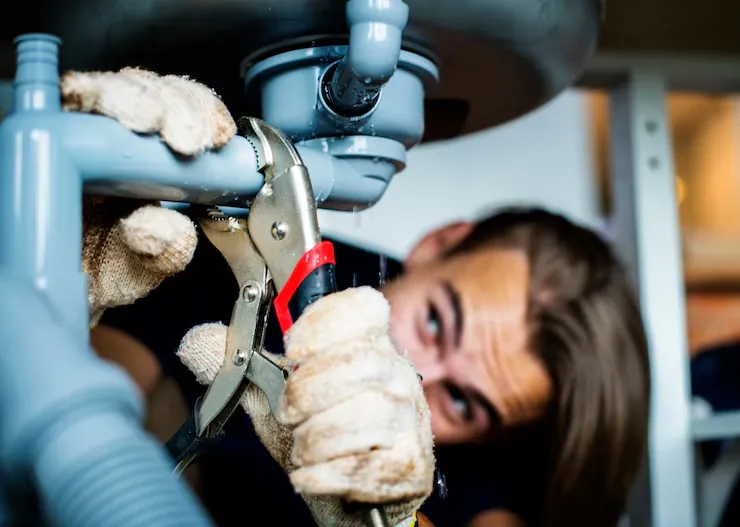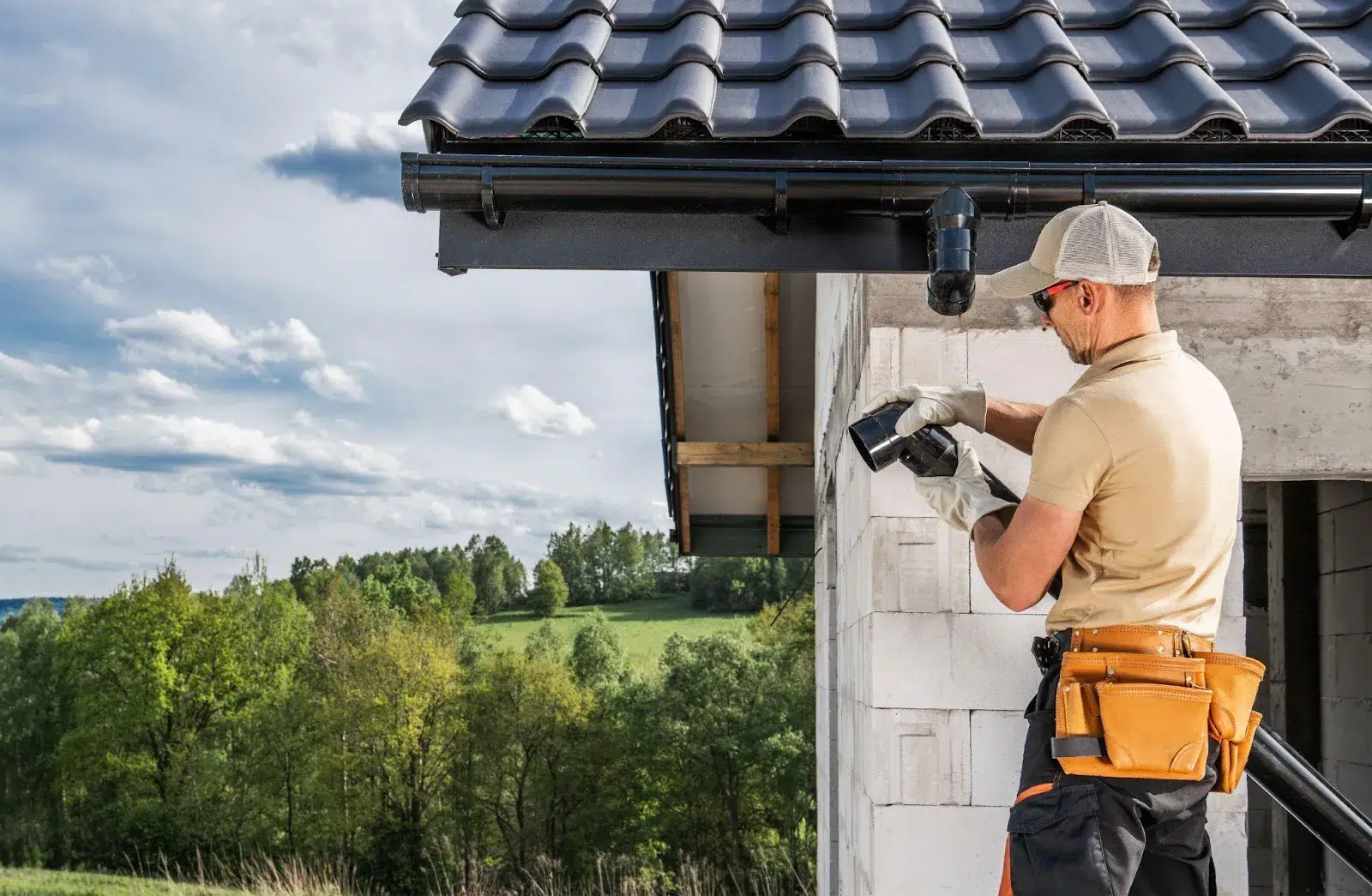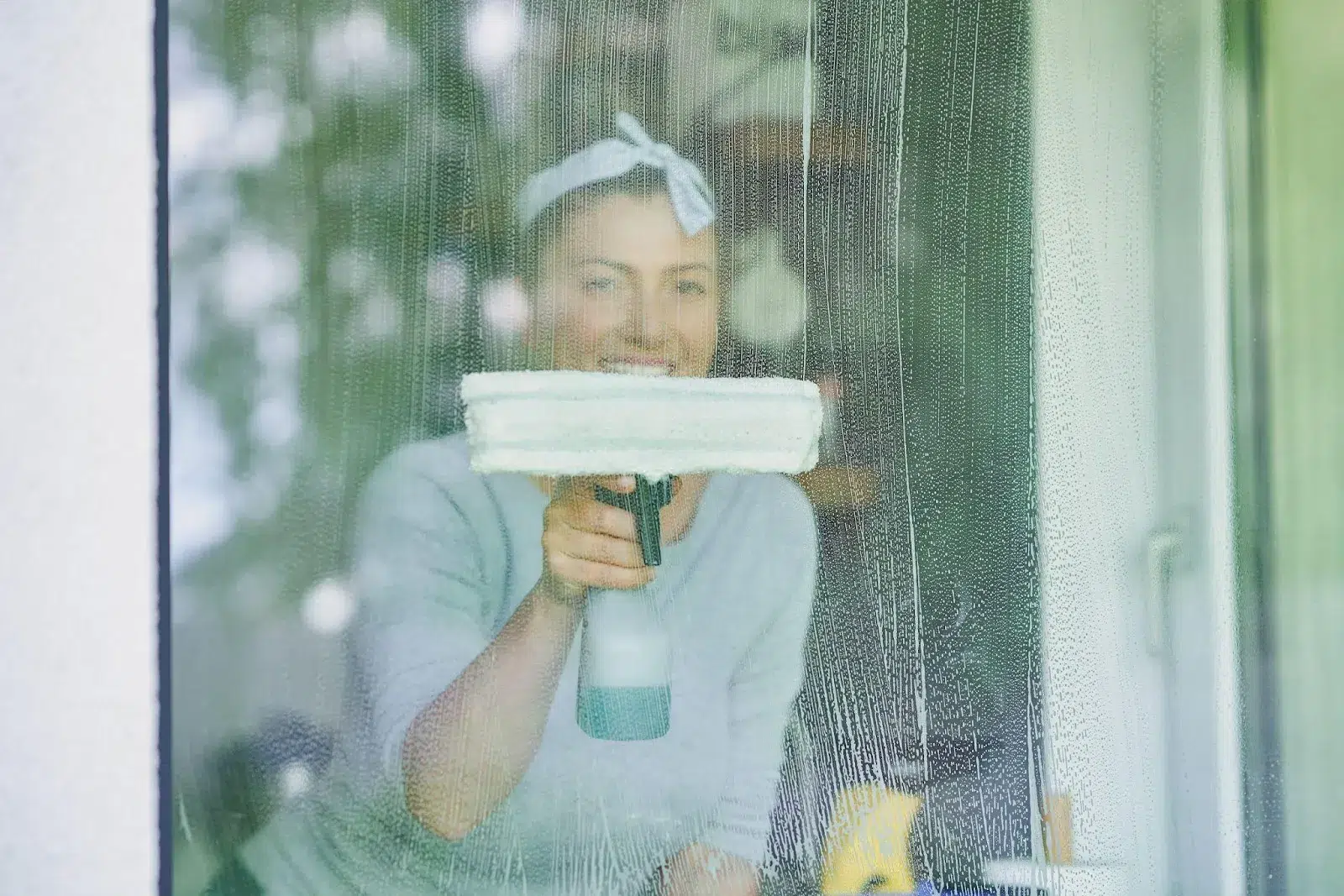When we think of Canadian winters, ice and snow immediately come to mind. This is because Canada experiences extreme snowfall in winter, especially in January, which almost puts everyday tasks on hold. That is why Toronto city legally requires its residents to remove snow from their property within a specific time frame or else they will face penalties. However, there are two types of residents in the city, the tenants and the landlords. The question is who is responsible for complying with the law and removing snow regularly? To find the answers, let’s dive in.
Legal Responsibilities For Snow Removal
Just like other cities in Canada, Toronto also has specific snow removal laws and regulations for residents to follow. According to the Toronto Municipal Code, residents and businesses are legally required to remove snow and ice from their properties. From driveways to sidewalks and landings to ramps, each area of the property must be cleared within 12 to 24 hours after snowfall ends with 2 cm or less snow accumulation.
This obligation ensures the property is safe for everyone to access, including pedestrians, family, friends, and visitors. By following the legal responsibilities, you will minimize weather-related hazards and the risk of any slips, falls, or accidents. When it comes to removing snow from sidewalks across Toronto, the law may vary from area to area. For instance, for most residential areas, the city provides snow removal services to ensure safety and accessibility.
For this, the city has even initiated several municipalities to boost further the effort of clearing snow from sidewalks when there is at least 2 cm of snow on the ground. In fact, during major snowfall events, these municipalities deploy salting teams and plows to melt and remove accumulated snow as soon as possible.
However, in older neighbourhoods, residents have to clear the snow off their properties themselves to comply with the public ordinance. Failure to comply with local laws can result in fines of up to $500 and legal liability for injuries that occur due to unclear pathways.
Tenant vs. Landlord Responsibilities
In Toronto, snow removal from the property depends on various factors, such as property types, municipal bylaws, written agreements, and lease agreements around property maintenance. While both tenant and landlord can share the responsibility or liability for an injury sustained due to unclear snow or ice, the responsibility of clearing snow typically falls on the landlord’s shoulders. The tenants are responsible for monitoring their property for snow buildup, which is usually listed in their lease agreement. Let’s discuss tenants’ and landlords’ responsibilities for clearing snow and what are the consequences of failure to do so:
Tenant Responsibilities
While the landlord is responsible for the entire property, in some cases, the lease may assign the role of removing snow from the property to tenants if they voluntarily agree. They may be responsible for clearing snow and ice for areas they explicitly use, including driveways, parking areas, and walkways. In other cases, they may also have to clear sidewalks themselves if the city does not provide snow removal services to that area.
All the responsibilities must be outlined in the lease agreement, and tenants must sign it after carefully reading it. However, even in this case, the landlord is responsible for providing tenants with all the tools and equipment needed to shovel the ice or salt the surface to ensure compliance with municipal laws.
Failure to comply with the law can lead to fines and legal liability if anyone suffers from injury or accident due to the non-removal of snow and ice from the property. Both landlord and tenants can share the responsibility if it is written in the lease agreement around property maintenance. Or the landlord may have to bear the loss entirely, depending on the agreement.
Landlord Responsibilities
The city of Toronto requires property owners to remove ice and snow from their property within 24 hours after a snowfall event ends. If they have not delegated the role of ice removal to tenants in the lease agreement, the responsibility defaults to property owners for clearing snow within a specified time frame. As for the sidewalks, the landlord must clear the snow within 12 hours if their area does not receive snow removal services from the city.
For such areas, people usually hire professional snow removal services, like Custodia in Toronto, to ensure compliance with the law and avoid any penalties. This ensures the safety of pedestrians and anyone accessing the property, reducing the risks of falls and slips.
Moreover, the city also clearly mentions if the tenant is concerned about snow removal from the property, they can reach out to landlords in writing for the removal of snow and ice. The landlords then have to take care of the request and get rid of snow from driveways, sidewalks, steps, ramps, and other areas where snow is accumulated.
Again, not following the law will lead to fines of up to $500 that the landlord must pay on time. If anyone suffers from injury on their property, they will be legally liable for injury sustained. Also, the landlords may have to pay for the medical expenses of the person who suffered injuries if the lease agreement does not deem the tenant responsible for the snow removal.
Practical Tips For Snow Removal
Whether you are a tenant or a landlord, knowing the best and most practical tips for removing snow from the property will help you work fast and efficiently. With these practical tips, you will not have to put all your effort at once and will be able to maintain a safe, clear, and accessible property for everyone’s use.
Here are a few practical tips to keep in mind:

- Dress Warmly: To remove snow from the property, people usually opt for bulky clothing only to end up sweating and getting cold. So, ditch the bulky clothes and dress for success. When removing snow on a chilly day, layering is the key. Start with the base layer, which is usually moisture-wicking thermals, to keep you warm and comfortable. Next comes the middle layer, which consists of fleece or wool sweaters for added insulation. Finally, top it off with a waterproof jacket to stay protected from snow and moisture.
- Warm Up Before Shoveling: Shoveling the snow requires you to put both mental and physical strength into it because it is like an aerobic exercise. This means you want to avoid diving right into shovelling. Instead, start by warming up your body and slow down when your body needs rest. Especially if you’re shovelling for the first time, you need to put your safety first and call professionals like Custodia to get the job done for you.
- Use Appropriate Equipment: Choosing the right equipment can make the whole process of removing snow much easier and faster. For instance, choose an ergonomic shovel that is light in weight and more manageable than traditional shovels. Also, invest in a snowblower that is not only eco-friendly but also fits both the size and handling capacity of your property to ensure comfortable operations.
- Master the Lift-Shove Technique: Most people struggle with shovelling the snow simply because they are doing it wrong. The wrong technique puts a strain on their back and causes lower back problems. So, you need to first maintain a proper posture by keeping the shovel close to your body, bending your knees, and lifting the snow with your legs. For light snow, pushing works better than lifting the snow.
- Work in Layers: If the snow has accumulated and you need to remove it, work in layers. Remove the layers of the snow instead of removing a patch all at once. This approach not only makes it easier for you to remove the snow, but it also reduces strain on your back, allowing you to complete the task much more efficiently.
- Clear Snow Early and Regularly: Finally, the best way to ensure fast snow removal starts as early as the snowfall ends while the snow is still fresh and not hardened into ice. Plus, regular snow removal will prevent snow accumulation, which can be hard to manage later.
Prepare Your Property For The Next Snowfall
Here is how you can prepare your property for the best snowfall to prevent snow accumulation and ice formation:

- Make sure to clean gutters and drains to ensure ice melts are quickly drained from driveways and sidewalks and to prevent ice dams.
- Remove any debris and objects from the driveway surface to avoid any surface damage during shovelling.
- Put the rock salt on the surface after removing the snow to prepare the surface for the next snowfall and avoid ice formation.
- Check for drafts around the windows and doors and use weatherstripping or call professional caulking services to seal gaps.
Final Words
In conclusion, landlords are primarily responsible for removing snow from the property within 24 hours by law. However, if tenants have voluntarily agreed to share the responsibility in the lease agreement, they can be legally responsible for sharing the role as well. However, people usually fail to comply with the law and end up paying heavy fines and legal liabilities. To avoid this, regularly clear the snow from the property or call professional snow removal services in Toronto, like Custodia, who will take care of the snow removal without you worrying about the job




